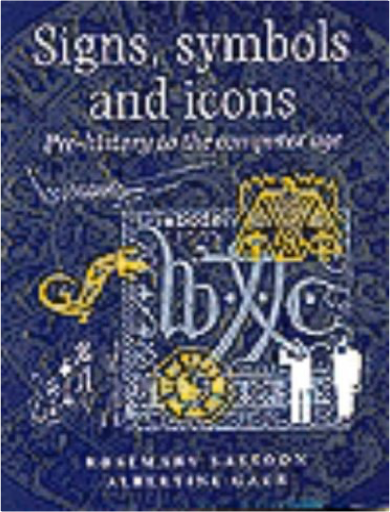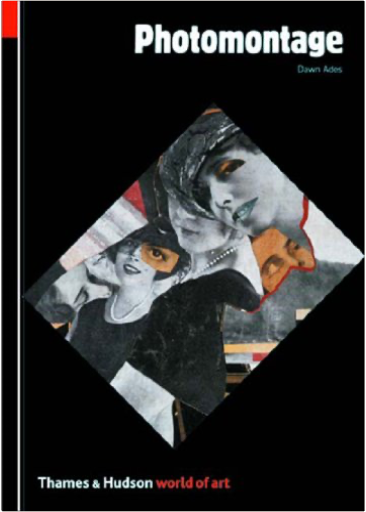 PhotomontageDawn Ades PhotomontageDawn Ades Manipulation of the photograph is as old as photography itself: it has been used in political propaganda, and has also embodied or enlivened satire, publicity and commercial art; it has created evocations of the "brave new world" of the future, and surrealist and fantastic visions. Photomontages were made by, among others, the Dadaists, Heartfield, Lissitzky, Rodchenko and Max Ernst, and many of them are reproduced here for the first time in this newly revised and updated edition. 203 illus. 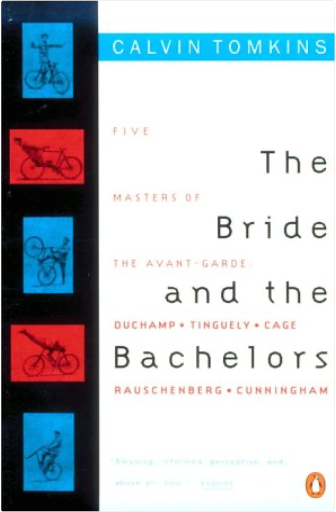 The Bride and the Bachelors: Five Masters of the Avant-GardeCalvin Tomkins The Bride and the Bachelors: Five Masters of the Avant-GardeCalvin Tomkins This item is only available from third-party sellers.  This Is Not a PipeMichel Foucault This Is Not a PipeMichel Foucault What does it mean to write "This is not a pipe" across a bluntly literal painting of a pipe? René Magritte's famous canvas provides the starting point for a delightful homage by the French philosopher-historian Michel Foucault. Much better known for his incisive and mordant explorations of power and social exclusion, Foucault here assumes a more playful stance. By exploring the nuances and ambiguities of Magritte's visual critique of language, he finds the painter less removed than previously thought from the pioneers of modern abstraction—"confronting them and within a common system, a figure at once opposed and complementary." 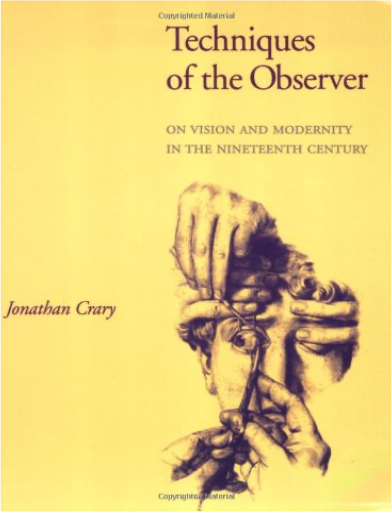 Techniques of the Observer: On Vision and Modernity in the 19th CenturyJonathan Crary Techniques of the Observer: On Vision and Modernity in the 19th CenturyJonathan Crary In Techniques of the Observer Jonathan Crary provides a dramatically new perspective on the visual culture of the nineteenth century, reassessing problems of both visual modernism and social modernity. 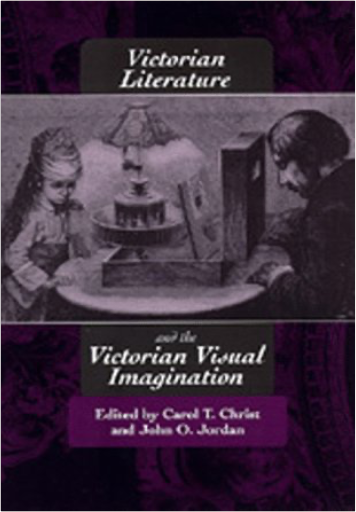 Victorian Literature and the Victorian Visual ImaginationCarol T. Christ, John O. Jordan Victorian Literature and the Victorian Visual ImaginationCarol T. Christ, John O. Jordan Nineteenth-century British culture frequently represented the eye as the preeminent organ of truth. These essays explore the relationship between the verbal and the visual in the Victorian imagination. They range broadly over topics that include the relationship of optical devices to the visual imagination, the role of photography in changing the conception of evidence and truth, the changing partnership between illustrator and novelist, and the ways in which literary texts represent the visual. Together they begin to construct a history of seeing in the Victorian period. 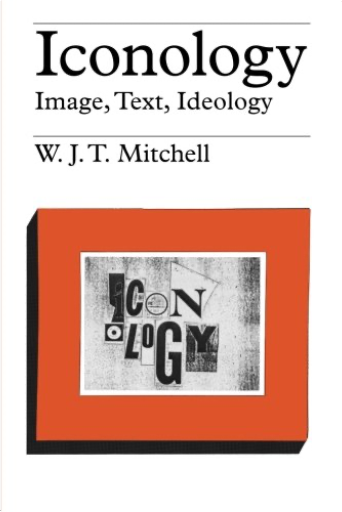 Iconology: Image, Text, IdeologyW. J. T. Mitchell Iconology: Image, Text, IdeologyW. J. T. Mitchell "[Mitchell] undertakes to explore the nature of images by comparing them with words, or, more precisely, by looking at them from the viewpoint of verbal language. . . . The most lucid exposition of the subject I have ever read."—Rudolf Arnheim, Times Literary Supplement 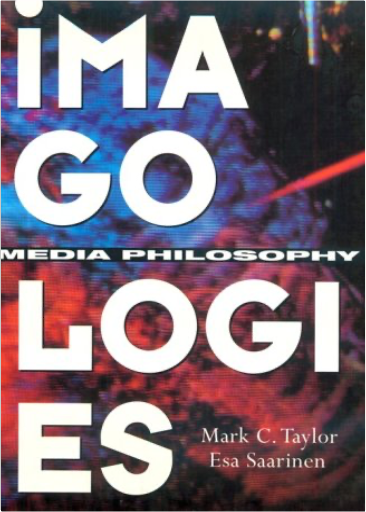 Imagologies: Media PhilosophyMark C. Taylor, Esa Saarinen Imagologies: Media PhilosophyMark C. Taylor, Esa Saarinen Imagologies: Media Philosophy is no ordinary book. Provocative, irritating and stimulating, this is a work to be engaged, questioned and pondered. As the web of telecommunications technology spreads across the globe, the site of economic development, social change, and political struggle shifts to the realm of media and communications. In this remarkable book, Mark Taylor and Esa Saarinen challenge readers to rethink politics, economics, education, religion, architecture, and even thinking itself. 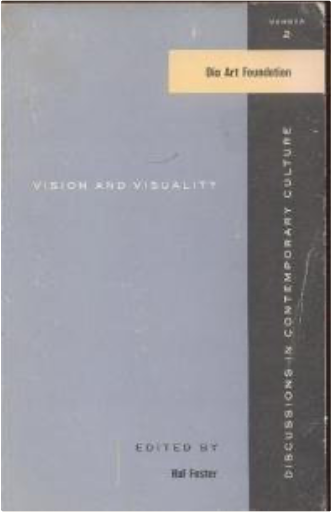 Vision and VisualityHal Foster Vision and VisualityHal Foster A Village Voice Best Book of the Year, this seminal work presents new models of vision and examines modern theories of seeing in the context of contemporary critical practice. 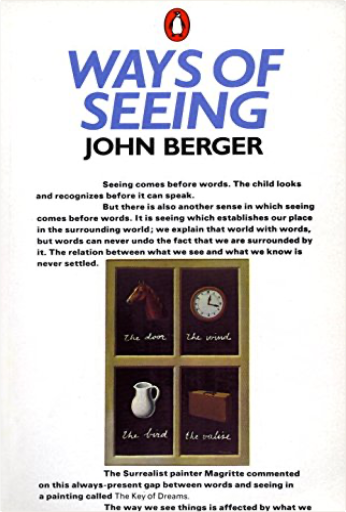 Ways of Seeing: Based on the BBC Television SeriesJohn Berger Ways of Seeing: Based on the BBC Television SeriesJohn Berger John Berger’s seminal text on how to look at art 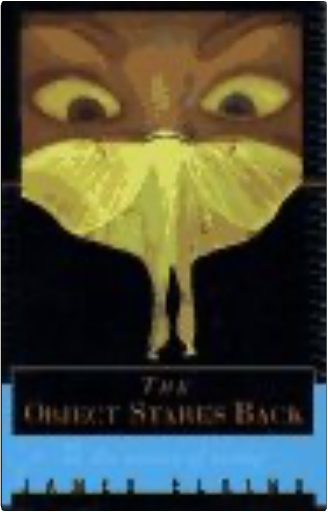 The Object Stares Back : On the Nature of SeeingJames Elkins The Object Stares Back : On the Nature of SeeingJames Elkins A thoughtful study on how our eyes function with our brains examines the irrational elements of physical sight and concludes that human seeing transforms both the viewer and the object being viewed. 15,000 first printing. 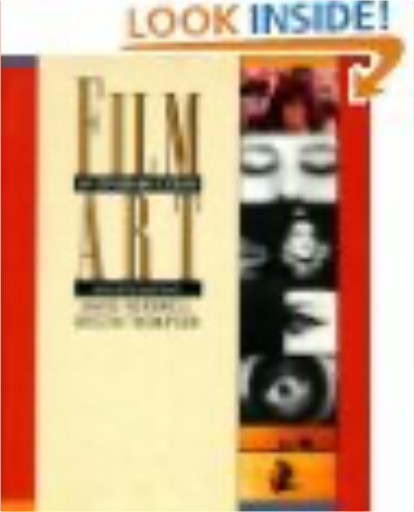 Film Art: An IntroductionDavid Bordwell, Kristin Thompson Film Art: An IntroductionDavid Bordwell, Kristin Thompson This fourth edition is a revision of the successful introduction to film appreciation and aesthetics. It begins with an overview of film production, moves on to a consideration of the formal elements and techniques, covers film criticism and concludes with a brief section highlighting the key moments in film history. Illustrated with over 500 frame enlargements, many in colour, "Film Art" has been updated to include analysis of some of the most interesting films of recent years including "Raging Bull" and "Desperately Seeking Susan". |
 Made with Delicious Library
Made with Delicious LibraryDenver, CO zipflap congrotus delicious library Tolva, John

